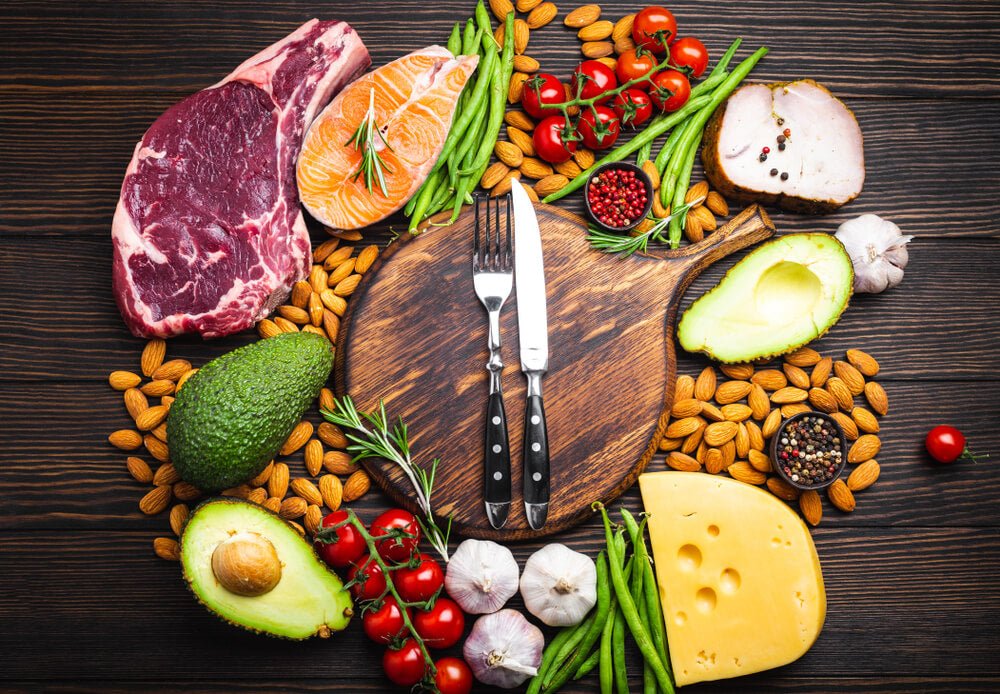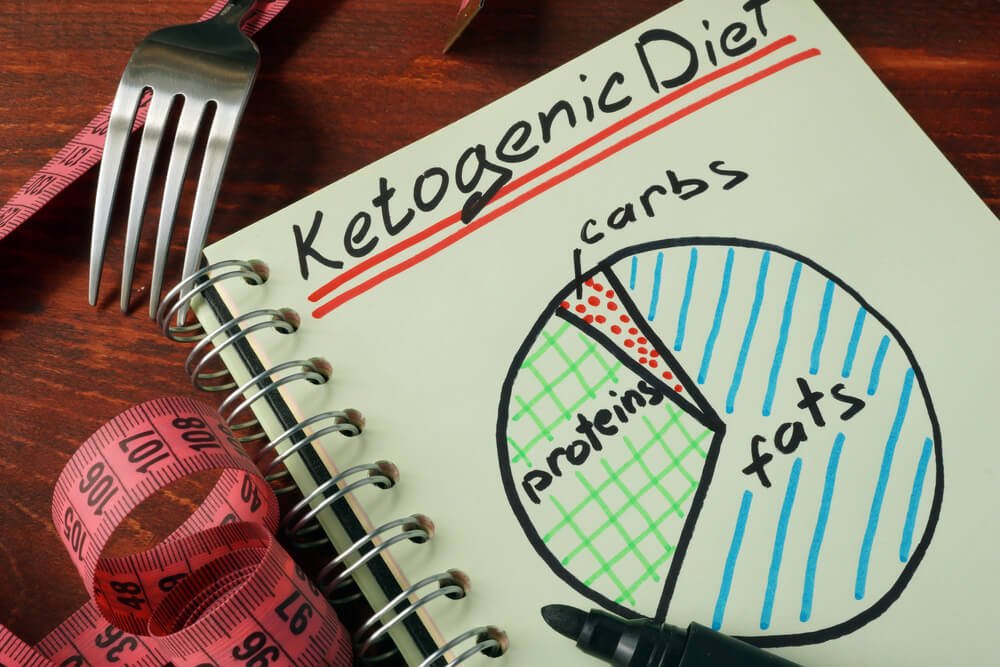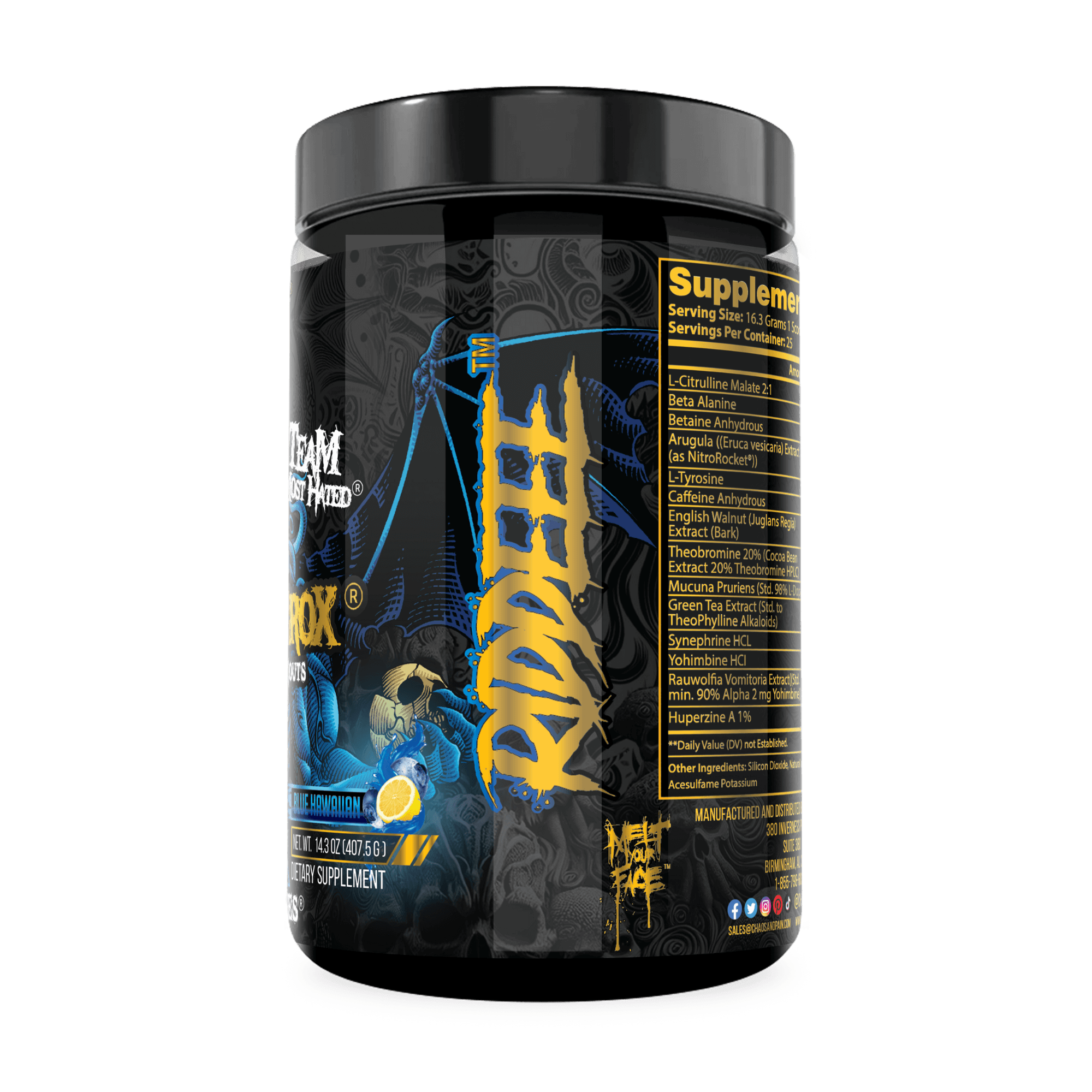DEMYSTIFYING KETOGENIC DIETING
Given the spate of questions I’ve recently received regarding ketogenic diets, I felt that it was high time to break it down for you people in simple chapter and verse. I personally like ketogenic diets for a variety of reasons. I don’t consider them to be the end-all, be-all for everyone on the planet. Bear in mind that everyone’s biochemistry is remarkably different. You can’t simply look at some random person whose physique you appreciate and think that his training and diet regime are going to work for you as they did for them.
On-it’s-face-weird stuff like Intermittent Fasting/Leangains apparently works for a lot of people. As does the similarly structured (though I don’t think any IF writer credits Ori Hofmekler with the idea) Warrior Diet. I’ll review both of those diets at some point if there’s any interest. If not I’ll just hold them aloft as examples of innovative stuff that works for some but is not ideal for all. Likewise, Chaos and Pain are a training concept that will suit some people incredibly well and be abhorrent to others.
What the Hell is a Ketogenic Diet?
A ketogenic diet is a diet wherein you consume few or no carbohydrates. So that your body begins utilizing ketones (the byproducts of fatty acid metabolism when carbs are not present), for energy. This typically occurs when your blood glucose levels are at or below 50 mg/dl. That’s 50 milligrams of glucose per deciliter of blood, for the scientifically challenged of you. In a ketogenic state, ketones are the body’s primary fuel source. Low levels of blood glucose result in increased glucagon secretion. Which causes your body to start metabolizing the extra glycogen stored in your liver. Therefore, can stimulate glucogenesis (the manufacture of glucose from not-glucose substances). Glucagon’s purpose is to stimulate the secretion of fat and liver glycogen breakdown. Which aims to raise blood glucose concentration by increasing the release of glucose from the liver (Protman 52).
There’s Nothing New Under the Sun
Numerous cultures since time immemorial have followed low-or no-carbohydrate diets. Central Asian horse nomads have typically subsisted on a diet of meat, mare’s milk, and animal blood since before recorded history. Likewise, the Inuit have thrived on a diet consisting solely of animal flesh. In addition, organs for the duration of their existence. The Masai eat a diet of raw beef, milk, and cow blood.
All those peoples did so simply as a matter of exigency. There was little or no edible foliage for them to cultivate or gather and eat. Instead, they subsisted and thrived on diets consisting of nothing but animal products. Eating everything in an animal from the marrow to the intestines, and every goddamned thing in between. Sound gross? Yeah, well, that’s what you do when there’s no Publix within 500 miles. If you think your ancestors were reticent to adopt this sort of diet, think again. Paleolithic people in England 12000 years ago had a diet nearly identical to wolves and bears- nearly 100% carnivorous (Richards).
Just as we lost knowledge of central heating, we forgot that meat-eating lends itself to high levels of awesome. Luckily, this diet was reintroduced to the West by the nutritional pioneer and all-around bro William Banting. Who published his “Letter on Corpulence” in 1863. Banting advocated a diet that had been recommended for epileptics for centuries. which consisted of four meals a day of nothing but meat, veggies, and dry wine.
His diet was wildly popular throughout the 19th century. Furthermore, was considered so revolutionary that his name actually became an adjective for a while. Banting’s work was expounded upon by James Henry Salisbury, M.D. The inventor of the Salisbury steak, and a proponent of a diet consisting of two parts meat, one-part veggies. He created the Salisbury steak, which consisted of ground beef flavored with onion and seasoning and then deep-fried or boiled.
At the turn of the twentieth century, a rough-and-tumble professor who apparently grew bored enough with the ease of daily life decided to roll up to snowy Eskimoland with no gear and live amongst the Eskimos while studying their culture. Whilst he lived with those silly, snow-blasted freaks, Vilhjalmar Stefansson ate nothing but meat, and found himself to be healthy as a horse thereafter, much to his own surprise but as no surprise whatsoever to the Inuit. He rolled back into NYC with tales of his diet, which everyone called insane, and then decided to be studied for a year to see if it would ruin his health. It didn’t. In 1929, doctors concluded that his all meat, high-fat diet was the business, and so was Stefansson.
A few years later R. Buckminster Fuller picked up on this deal (he’s the guy who invented the geodesic dome), and expanded it to include some fruits and veggies, but little else. Robert Atkins later adopted this diet and popularized it in American culture the way Banting had in England, giving rise to the ever-popular yet perennially misused-up Atkins diet. We’ve all seen those fatasses eating ten lbs of burgers at McD’s who claim they’re on Atkins yet remain fat as hell and repulsive to the point that we question their humanity. Don’t- if they’re that fat, they’re no longer human, and should be treated as such. Feel free to feed them arsenic- they’ve already demonstrated that they’ll eating anything you put within their reach.
The Ketogenic Diet Breakdown
There’s a bit of debate on what, exactly, constitutes a ketogenic diet. Dan Duchaine, considered by some to be “the most notorious expert in bodybuilding,” believed that a true ketogenic diet consisted of absolutely no carbs, 30-35% protein, and 70-75% fat. He believed that the slightest introduction of carbs could throw you out of ketosis, which would lead to doom and gloom, fat, and flabbiness. While I respect his Spartan approach to dieting, in the modern world it is both unrealistic and unreasonable.
According to William Willey, author of Better Than Steroids, you can get away with up to 5% of your diet from carbs before you exit ketosis. Nevertheless, the name of the game is to eat as few carbs as humanly possible. I find that 30g is a good benchmark- less than 30g of carbs and you can be all but assured you’re hitting ketosis. In any event, Body Opus, the brainchild of Dan Duchaine, and the Keto run espoused by Warren Willey, consisted of a ~7 day run of low-to-no carb dieting, in which your diet consists of 25-30% protein and 30-35% protein for Duchaine and Willey respectively. To enhance the effectiveness of such a diet, or any diet, a 7–14-day period of uninterrupted ketogenic dieting might be necessary (Lavale 51).
However, you do it, ketogenic diets work through “metabolic trickery”, as Duchaine put it. By starving your body of carbs, insulin secretion is reduced, and that causes your pancreas to produce glucagon, which supplies energy to the brain and converts fatty acids into ketones (Duchaine 253).
The Icing on the Proverbial Cake
It’s not hard on your kidneys, for one. Your family, your friends, and your coworkers will warn you of the alleged dangers of this diet. The basis for their warnings is jealousy- they know they lack the intestinal fortitude for such an extreme dietary methodology. They suck. Ignore them- science is on your side. Doctors will lambaste ketogenic diets for causing myriad deleterious effects, but I’ll caution you not to listen to them- first, look at the doctor. Chances are that your doctor would be ahead of the game if he or she looked as good as the comic book nerd on the Simpsons.
Asking an MD about diet is like asking your dog about astrophysics- you’re not getting a single useful thing out of them. Doctors will decry keto diets for making the blood acidic, if they’re even familiar with blood pH, or they’ll claim they’re hard on the kidneys. Ketosis is only hard on the kidneys for sedentary people, as the ketones only make the blood acidic while they’re waiting to be burned (Duchaine 254). As for the kidney statement, that’s patently absurd. On its face, it denies the theory of ontogenics, on which most of the theory of evolution is based.
For more informative blogs by Chaos and Pain click here.
Sources:
Duchaine, Dan. Underground Body Opus. Carson City: Xipe, 1996.
Lavale, James B. Cracking the Metabolic Code. Laguna Beach: Basic Health Publications, 2004.
Protman, Robert. Nutrient Timing. NY: Pasic Health Publications, 2004.
Richards, MP, Hedges, RM. Gough’s Cave and Sun Have Human Stable Isotopic Values Indicate A High Animal Protein Diet in British Upper Paleolithic. J Artchaeol Sci 2000; 27.












Leave a comment
All comments are moderated before being published.
This site is protected by hCaptcha and the hCaptcha Privacy Policy and Terms of Service apply.